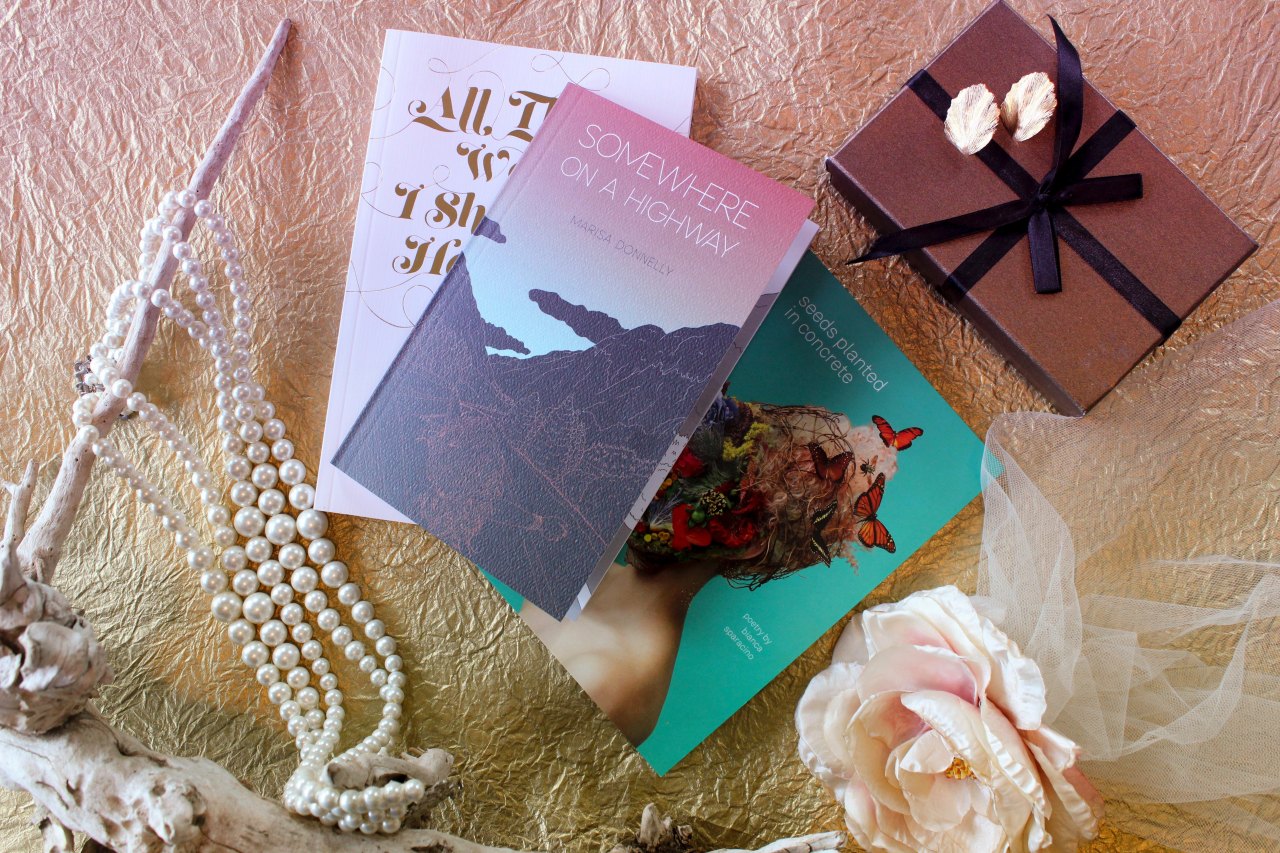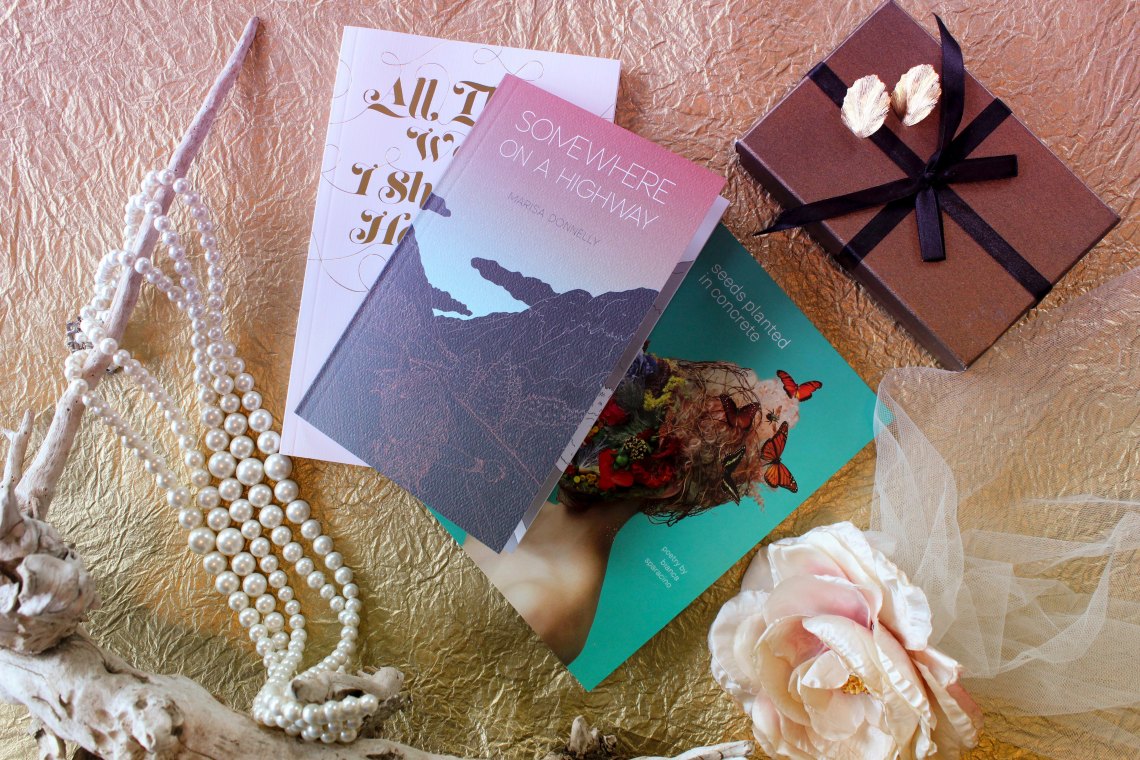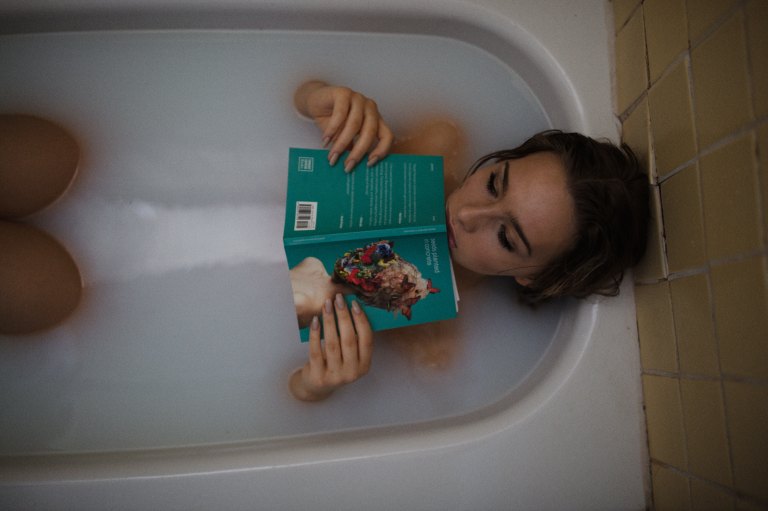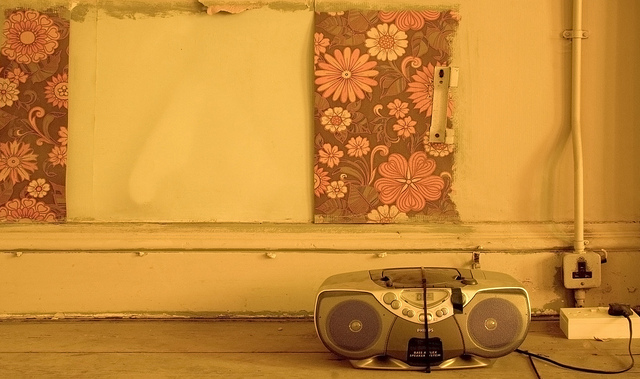
Modern Poetry Is Much Different Than It Used To Be
Poetry that directly touches base on depression and other mental illness, specifically in women, is what feeds postmodern poetry of the twenty-first century.
By ![]() Emma Doherty
Emma Doherty

Walt Whitman. Emily Dickinson. Edgar Allan Poe. These are the names that typically come to mind whenever the subject of poetry is brought up.
However, poetry has changed so much in the last century alone that it is almost near impossible to compare any poetry of the late 1900s and 2000s to any of that pre nineteenth century poetry.
In order to understand postmodern poetry we must first understand the history of poetry leading up to this point.
Seventeenth century poetry is what is known as metaphysical poetry. Metaphysical poetry can be seen with the frequent use of paradoxes, the juxtaposition of complexity and subtlety of thought, among other devices.
William Shakespeare is plausibly the most common poet of this era, and arguably of all time. Granted the title The Bard, Shakespeare’s legacy is still being discussed in literature classes today due to his ineffable ability to produce lyrical and rhythmic lines (including his well famed iambic pentameter) that transcend translation through various languages and times, as well as his ability to relate his poems and plays to those of all social classes of the time, kings and peasants alike.
Much of Shakespeare’s influences came from current events leading to various forms of social commentary which would have been deeply frowned upon if he had merely stated his discretions directly. Poets today still strive to achieve his fame, if not his eloquence of verse alone.
Eighteenth century poetry is what is typically referred to as classical poetry. The early eighteenth century saw the birth of Romanticism, which included poets like William Wordsworth, Jane Austen, Mary Shelley, and although surprisingly dark in his poetic nature, Edgar Allan Poe.
Expanding on the questionable Romantic nature of Poe’s work, he elicits the characteristics of classical Gothic Romantic poetry including the fact that he draws deeply upon the balance between the delicate nature of life, and love lost, cleverly in an untraditional manner that sets him apart from other Romantics.
Classical poetry is defined by its emphasis upon form and meter. Something that has been left behind in the evolution toward postmodern poetry.
Classical poets of the eighteenth century strove to epitomize the delicate balance between passionate emotions and intellect, while maintaining a steady flow of thought rather than utilizing enjambments to separate schools of thought.
Almost simultaneously, the transcendentalism or naturalist movement came about as a sub-movement of the Romantic Era. Two of the most well known transcendentalists that claimed fame in this era were Henry David Thoreau and Ralph Waldo Emerson.
Typical characteristics of transcendental poetry consist of the use of writing to somewhat communicate with nature in search of answers to life’s hardships, or to create rich metaphors by utilizing the tangible aspects of nature such as trees, leaves, and rivers to contrast the fragility of life itself.
The naturalistic approach continues somewhat in postmodern poetry, although significantly less than that of the transcendentalist era.
Emily Dickinson and Walt Whitman came into their active poetry years (even though Dickinson’s poetry was published posthumously) during the late end of the Romanticism period toward the latter half of the eighteenth century, where the transition to realism was just starting out.
Whitman and Dickinson alike created a mystifying intrigue to readers of their complex poems everywhere. Whitman specifically, combines the elements of both Romantic as well as Realist poetry in his piece ‘When Lilacs Last in the Dooryard Bloom’d.’
Including the emphasis of passion, perseverance, and the cycle of life and death which would fit perfectly in the Romantic era, but he also uses free verse form to compose his 206 line and rather long poem into three separate yet synchronous poems.
Dickinson, on the other hand, is the mother of American free verse, as Dickinson is the father, but that is where their similarities end. Whitman formalizes his free verse into long, densely detailed sentences that often called Americans to action, and gave them a voice in times of hardship and the fear of potential turmoil that plagued the nation after President Abraham Lincoln’s assassination.
Dickinson, on the other hand, writes short, obscure, and vague lines that come across as sporadic due to her recurring use of enjambment.
Dickinson’s poetry is exceptionally similar to that of postmodern poets, specifically the short metaphorical use of imagery to vaguely portray the hardships that afflict the nation.
Lots of Dickinson’s poetry dwells on the negativities and inevitabilities of life, most notably death. Poetry critics have drawn upon Dickinson’s near obsession with death, many diagnosing her as depressed.
Although we may never know for certain, modern feminists have discredited this idea. They have instead proposed that Dickinson was a feminist even before the term was widely modernized.
Many critics would not doubt that Dickinson used her poems as her own form of social commentary of women’s roles in the nineteenth century, and that depression may have been a side effect of women’s oppression.
Covert feminist poetry during the nineteenth century, was not all that uncommon. Charlotte Perkins Gilman is renowned for her own commentary on women’s roles in her famed short story, ‘The Yellow Wallpaper.’
Feminists of this era chose to maintain their covert and obscure nature of their writings in order to avoid being sent to asylums or outcast from communities for going against the societal norms.
As the centuries have changed, feminist poetry has become increasingly popular, now it is used as a way to state directly what is wrong with our society rather than having to write covertly as it was in the past.
Twentieth century poets emerged with vengeance, spreading their empowering words like wildfire that fueled the nation in times of change, providing roots for equality movements to grow out of.
Twentieth century poets often began retelling events of their past, putting a modern spin on them by tying them to current events. Maya Angelou is seen as one of the leading contemporary writers.
Her soulful, ballad-like poetry inspired greatly by Dr. Martin Luther King helped her use her own gift of verse to inspire civil rights activist movements long before the Black Lives Matter movement came about.
However, her poetry isn’t specifically aimed at any group in particular, which makes her such a renowned poet. Her poetry was relatable to everyone, but specifically minority groups, most notably African Americans and women.
Her most famous poems ‘Still I Rise’ and ‘Caged Bird,’ personify overcoming obstacles that have made Angelou into a beacon of hope and inspiration.
Another twentieth century celebrated poet is feminist icon Margaret Atwood. Like Angelou, Atwood channels her talents into lyrical verse.
Atwood’s take on contemporary poetry is based largely on myths, legends, and fairy tales which set her apart from other contemporary poets. Her poetry also comments largely on the “Prozac Nation” we now live in, specifically in her poem ‘A Sad Child.’
Poetry that directly touches base on depression and other mental illness, specifically in women, is what feeds postmodern poetry of the twenty-first century.
Finally, we have reached the era of postmodern or twenty first century poetry. Postmodern poetry is an intriguing combination of some of the most fundamental elements of poetry from each era, while taking on unique traits that make the postmodern era distinctly its own.
Twenty-first century poetry often takes shape in fragmented sentences, with a heavy use of enjambment, without strict forms of punctuation, grammatical or syntactical rules, and rarely any distinct rhyme scheme.
Much like the poetry of Edgar Allan Poe or Emily Dickinson, postmodern poetry often takes shape in dark, dramatic forms, often recounting events where things went horribly wrong or things the poet or speaker wish they have said or done differently.
Contemporary poetry also takes on many characteristics of the Romantic era including the balance between passionate emotions and intellect, but maintains its own heavy use of free verse form from the nineteenth century.
However, the free verse form that much of twenty-first century poetry takes upon either a dissociated take on the ideals presented, or a direct first person, almost letter like approach to writing poetry, using pronouns to directly make the reader feel as if they are either the receiving audience or the writer/speaker themselves.
Influences of twenty-first century free verse poetry include the newfound freedom for all genders and all races to express themselves on a common medium.
Poetry has given us a voice and a creative outlet to express ourselves when doing so in other ways may be difficult.
Postmodern poetry includes the New York Times bestselling book Milk and Honey by Rupi Kaur, as well as works by R.H. Sin. Postmodern poetry often touches upon the fact that suffering and pain are inevitable, but also should and can be used as fuel to better yourself and come out stronger than before.
Overall, the riveting changes of different centuries of styles, culture, movements, feelings, and societies have shaped everything we know, even down to what we now know as contemporary poetry. ![]()











